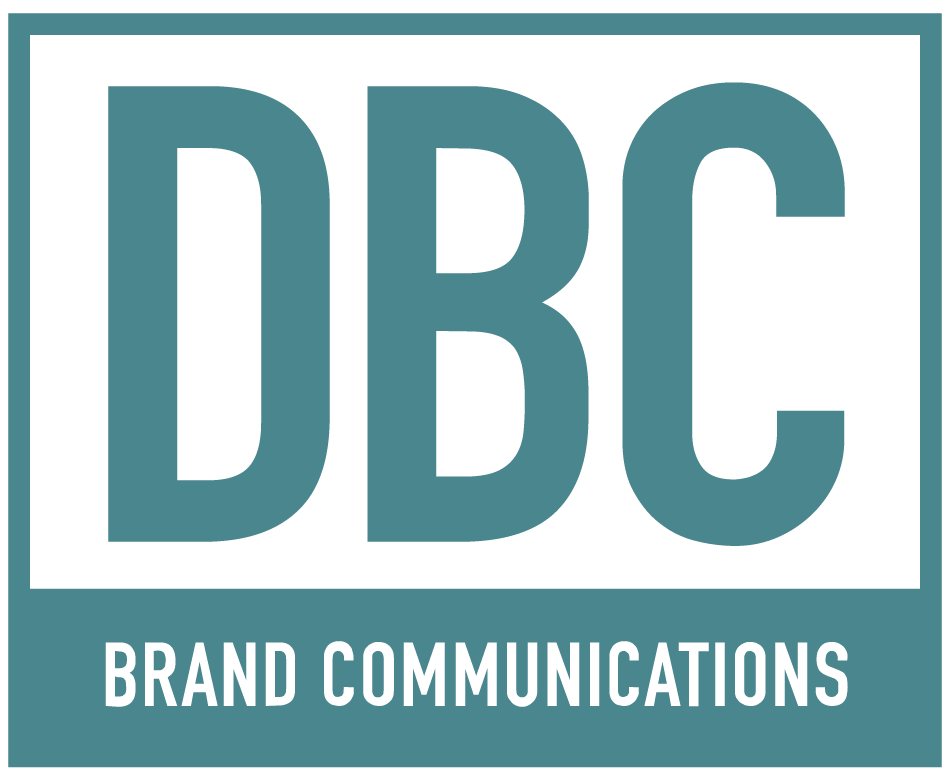A well-designed brand platform establishes the relevance needed to engage your target and start them on the path to conversion
The adtech, martech and insights marketplaces are cluttered with little differentiation among providers. That makes it difficult for challenger brands to unseat established leaders who in many cases end up being the default selections of end users.
That is where a well-defined brand position can help.
Strong brand positions drive growth. For example, according to Kantar, the total value of the top 100 Most Valuable Global Brands – those with the strongest brands – grew by 23% in 2022.
So how do you develop a strong brand? Look at your target before you look at yourself.
The primary function of a brand is to engage your prospective client, and that comes from talking about them – reflecting their needs and concerns – more so than talking about yourself. Targets tend to want to work with companies that they feel uniquely understand them. Why would anyone want to work with a company that they feel does not?
So, establish that you know the target – within, of course, the context of what you offer. Once you have established that relevance, you are well on the way to keeping their attention so that you can drive product education and develop preference.
It’s all about shortening the conversion cycle and generating in-bound leads. A well-articulated brand platform will set the right context with the target audience to make that much easier to occur.

